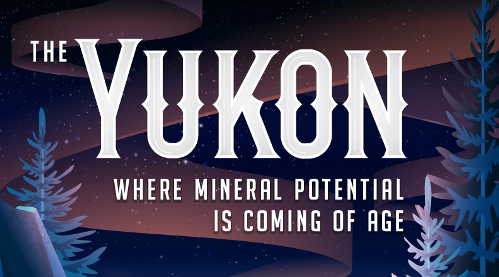http://www.cbc.ca/news/canada/north/
A vehicle could travel every 6 minutes from the Whale Tail pit project to the Meadowbank mine
Agnico Eagle’s proposed expansion of operations near its Meadowbank gold mine near Baker Lake, Nunavut, is facing opposition. The Kivalliq Inuit Association (KIA), the Government of Nunavut and the Baker Lake Hunters and Trappers Organization have all expressed concern over how a roadway connecting a new open pit mine to processing facilities at Meadowbank will affect caribou migration.
Their concerns appeared in their final written submissions to the Nunavut Impact Review Board, submitted in advance of the final public hearing on the project, which begins on Sept.19 in Baker Lake. Agnico Eagle Mines Ltd. had an Aug. 28 deadline to submit its written response to concerns before the hearing.
The new mining operation — the Whale Tail pit — is about 50 kilometres northwest of Meadowbank. It would operate as an open pit mine for between three and four years, and requires a road connecting it to milling facilities at Meadowbank. Agnico Eagle expects mining could begin as early as 2019.























